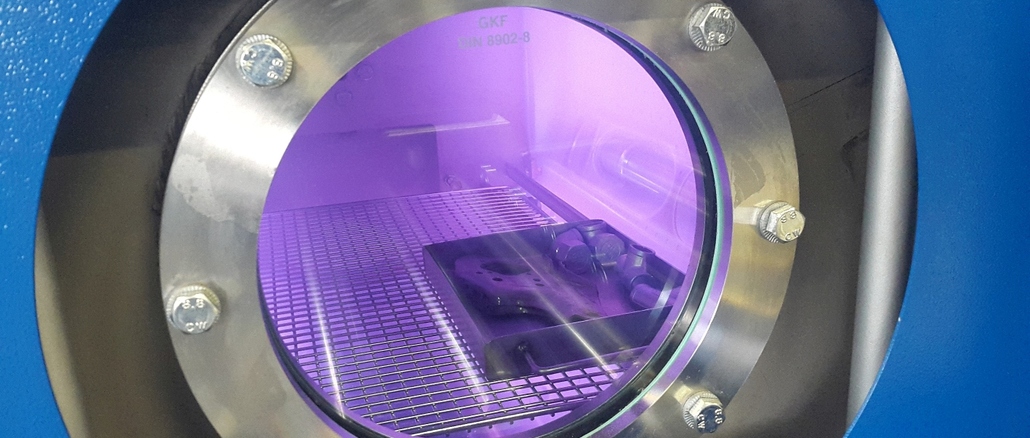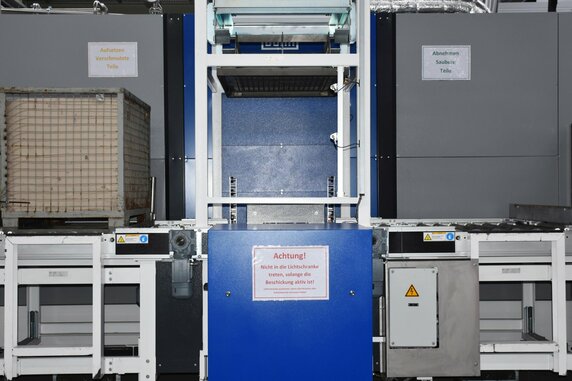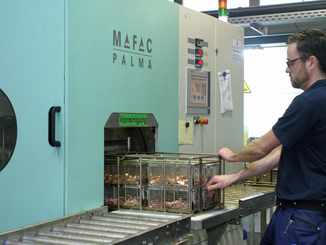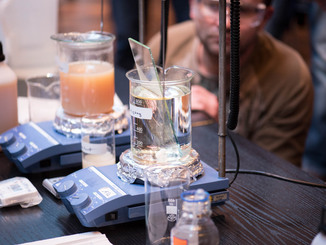
Today, component cleaning is a quality-relevant production step in all industrial sectors. In order to meet given particulate and film cleanliness specifications in a reproducible manner, a high level of effort is often required. At the same time, cleaning should be carried out at the lowest possible cost and in a sustainable manner. These contradictory requirements make cleaning processes and systems that are designed to meet the needs indispensable.
From mechanical and plant engineering to electrical and power engineering to fasteners, the so-called general industry covers a wide range of sectors. Components are manufactured and processed in these industrial sectors using very different production technologies from a wide range of materials such as metals, plastics, ceramics and composites. These include, for example, cast and machined workpieces, stamped, bent, pressed and deep-drawn parts, hydraulic parts and, increasingly, additively manufactured components.
As diverse as the workpieces are, they all have one thing in common: in order to ensure the quality of subsequent processes such as mechanical processing, heat treatment, coating, bonding, assembly as well as a permanently flawless function, they must be clean as required. In many areas, increasingly stringent requirements have to be met in terms of particulate and film cleanliness.
In addition, there are often challenges such as high throughputs and weights, a widely varying range of components, short delivery times and, in some cases, low margins.

© Ecoclean
Adapt cleaning processes to the task at hand
This results in different requirements for component cleaning. As a full-range supplier of future-oriented, flexible and energy-efficient solutions for industrial component cleaning, Ecoclean covers the entire spectrum of wet-chemical processes. This enables cleaning processes and systems for batch or individual part cleaning to be optimally adapted to the respective task.
To do this, the following factors must be considered: Material, size, geometry and weight of the component, type and amount of contamination, downstream process and resulting cleanliness specifications, and throughput requirements.
On this basis, it can be determined whether the adhering contaminants can be removed most effectively with a water-based cleaner, an environmentally friendly solvent, or a modified alcohol that has lipophilic and hydrophilic properties. In addition, this information makes it possible to define the most suitable process engineering and drying technology.

© Ecoclean
Suitable process technology minimizes cleaning costs
In order to minimize the cost per cleaned component, it is necessary that the given cleanliness specification is not only achieved stably, but also quickly. For this purpose, the systems are equipped with various application-specific processes, for example for spray, high-pressure, immersion, ultrasonic and plasma cleaning, steam degreasing, injection flood washing, deburring, pulsed pressure cleaning (PPC) and, if required, for passivation/preservation.
By combining these cleaning processes, both the cleaning result and the cleaning time can be specifically influenced for each component. For example, the PPC process, in conjunction with aqueous or solvent immersion cleaning, enables contaminants to be reliably and quickly removed from small cavities.
In the case of complex components and bulk materials, spray processes and injection flood washing with adjustable pressures between 10 and 16 bar also ensure significantly improved results and shorter process times in solvent cleaning processes.
Optimisation potential in terms of quality and costs can also be exploited by combining processes in one cleaning system that previously required several plants. These include, for example, chamber systems in which solvent or aqueous batch cleaning can be carried out followed by a low-pressure plasma process. This allows the component surface to be prepared effectively and efficiently for subsequent coating or bonding, among other things.
For the specific deburring and cleaning of workpieces as individual parts, for example hydraulic and motor components, in a system, Ecoclean’s wide product range also offers appropriate solutions.
Dry cleaning – selectively or over the entire surface
With changing manufacturing and joining technologies, cleaning tasks are also changing. Dry cleaning processes are increasingly coming into focus. Be it to remove filmic contaminations from joints, to clean electronic components and assemblies, to remove powder residues from additively manufactured components or an assembly-integrated cleaning.
For these and many other applications, the plant manufacturer has developed a special toolbox for cleaning processes with atmospheric pressure plasma, laser, CO2 snow, processed vacuum air and saturated and dry steam. Depending on the task, these “tools” can also be used individually or in combination.
This broad portfolio of cleaning solutions is complemented by technology centers available worldwide. They make it possible to carry out tests with originally soiled workpieces under near-production conditions for all tasks in component cleaning.
Ecoclean
The SBS Ecoclean Group develops, produces and sells future-oriented equipment, systems and services for industrial component cleaning and surface treatment. These world-leading solutions help companies around the globe to produce efficiently and sustainably with high quality. The customers come from the automotive and supplier industry as well as the broadly diversified industrial market – from medical, micro and precision engineering to mechanical engineering and the optical industry to energy technology and the aviation industry. The group of companies is represented in nine countries with twelve locations worldwide and employs more than 900 people.




